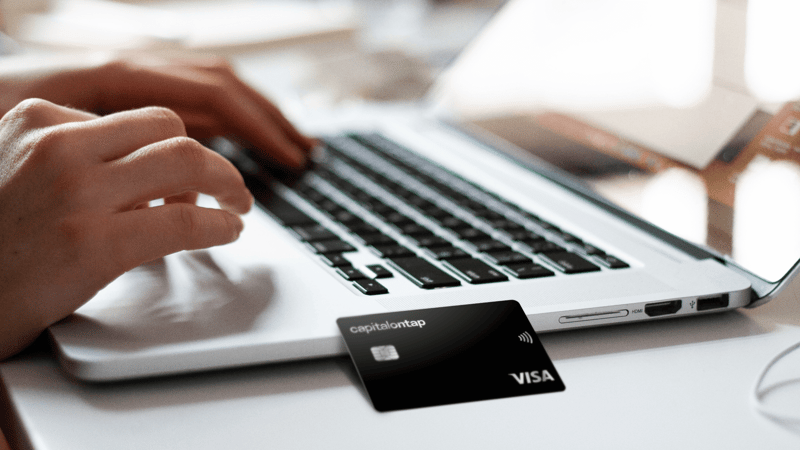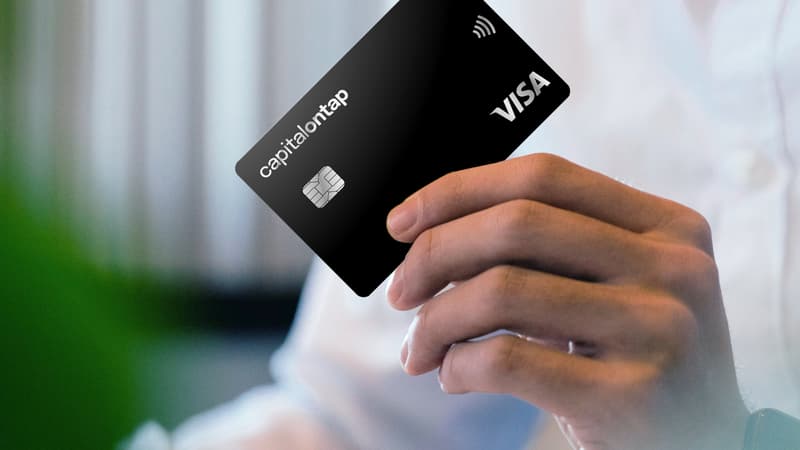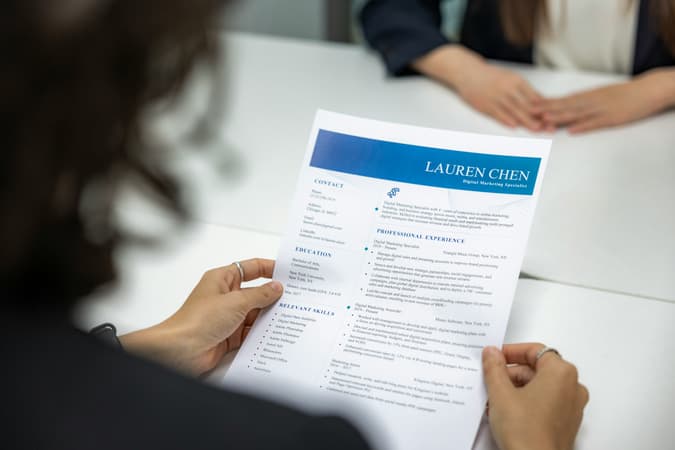Jump to a section
As a small business owner, you have probably been impacted by the record levels of inflation we’re experiencing today.
We asked Capital on Tap Business Credit Card holders what was top of mind for them right now, and 32% said “Getting my pricing right amidst rising inflation.”
So how is this affecting small business and what can they do?
How inflation affects small businesses
Inflation is leaving business owners in a tough catch-22. Raise your prices and risk losing your customers, or keep prices the same and risk not being able to meet your own business expenses.
You may notice these other impacts:
Less purchasing power
Raw materials, inventory, and equipment all become more expensive. Fuel costs are higher, which will have an impact on shipping costs. And this, along with supply chain issues, means that goods are likely to take longer to arrive than you’re used to.
Higher cost of labour
With a higher cost of living comes an increase in the income needs of your workforce. This often leads to prospective employees negotiating higher salaries.
Higher costs of borrowing
While existing business debt is technically cheaper, taking on new debt will become more expensive as central banks increase interest rates to cool inflation.
Solutions for protecting small businesses against inflation
There are a number of measures you can take to lessen the impact it has on your business, and planning ahead is key.
1. Don't raise prices all at once, if you can avoid it
When thinking about a price increase, what most likely comes to mind is a blanket percentage increase across all goods and services. But this is not the only way - in fact it's probably the worst way - to bring in more revenue as it’s likely to alienate your customer base.
Instead, think about where you may be missing opportunities for revenue. Are you running any promotions or discounts that can be adjusted? Are there products or services you're offering where your margins aren’t strong that can be eliminated, resulting in cost savings long term? Do you have any bestseller items flying off the shelves that maybe could weather a price increase, while leaving your more moderately selling items as is?
2. Implement every efficiency you can find
Before making your customers liable for inflation, do a deep dive into your business to find every nook and cranny where you’re not being as efficient as you could be.
● Are you overstaffing shifts?
● Do you have lengthy processes with unnecessary steps?
● As the business owner, are you focusing your time and attention too much in one area where there’s more room for growth in another?
You’d be surprised by how much time and money (because in business, time IS money), you can save by taking a step back and auditing your business practices.
3. Do your research
Ultimately, your product or service is worth what people are willing to pay for it.
So find out what people are willing to pay and look at your pricing.
Keep a close eye on what your competitors are charging for similar or complementary products and services. Look to both your competitors in your community and nationally to see how the industry as a whole is faring.
Pay attention to indicators outside of your immediate competitors. What are businesses tangential to yours doing? How about your own vendors?
And don’t forget your customers. Is the demographic you serve more likely to be hit harder by inflation than the general population? Is the good or service you provide absolutely mandatory to them, or is it just a nice-to-have?
Make sure to carefully weigh where your competitors, community, and customers stand before making any decisions about your pricing.
4. Analyse your spend
Given that inflation is going to be a fact of life for at least the short term, use this time to improve your business financial fitness with this easy exercise to understand where your business spends its money.
First, download your account transactions from your accounting software, bank, or credit card - preferably in a spreadsheet. Then, sort the list from most to least spent by suppliers.
Now you will be left with essentially a ledger of your largest areas of spend. If you are trying to save meaningful amounts of money, you have two real options:
1. Reduce costs with your largest suppliers
You can do this by negotiating discounts for bulk purchases, or assessing areas where you can cut quantity or excess orders.
2. Cut smaller suppliers
Are there smaller suppliers whose services you simply don’t use or need, but keep paying? This is the same concept as the personal gym membership that hasn’t been used in 12 months - where a lot of smaller transactions you don’t sweat actually add up to a large chunk of change when looked at in aggregate.
You can even take this a step further and bucket your spend by categories to see which areas of your business are costing you the most. Some business accounting software and business credit cards (including Capital on Tap Business Credit Card) will do the categorisation work for you.
While this exercise can certainly be a daunting task, once completed you will either be left with the satisfaction of saving costs, or have proven that you are already running a very tight ship!
You will also have all the information needed to make decisions that only you are able to answer, such as what direction to take your business, and the inflation costs that you need to pass on.
6. Maintain timely revenue
As we’ve already mentioned, small businesses are less likely than big corporations to have so much cash in the bank that the day-to-day impact of rising inflation isn’t an issue. To keep the value of your working capital healthy, keep a close eye on your accounts receivable (AR) to make sure you’re receiving payments in a timely manner.
Maintaining customer relationships is crucial for continued business success, but bear in mind that your receivables can be instrumental to keeping your business operations on an even keel.
Put more money back into your business with the Capital on Tap Business Credit Card
Amidst rising inflation, it can feel painful to make purchases for your business. But with the Capital on Tap Business Credit Card, you get unlimited free 1% cashback on all purchases, so every pound you spend goes back into your business.
Expenses like business equipment (computers or workstations, for example), and variable business expenses (excluding payroll) are ideal for paying on a business credit card. It means you can pay the balance off responsibly or over time. Capital On Tap offers competitive interest rates, no hard inquiry when you apply (meaning your credit score won’t take a hit), and quick decisions.











